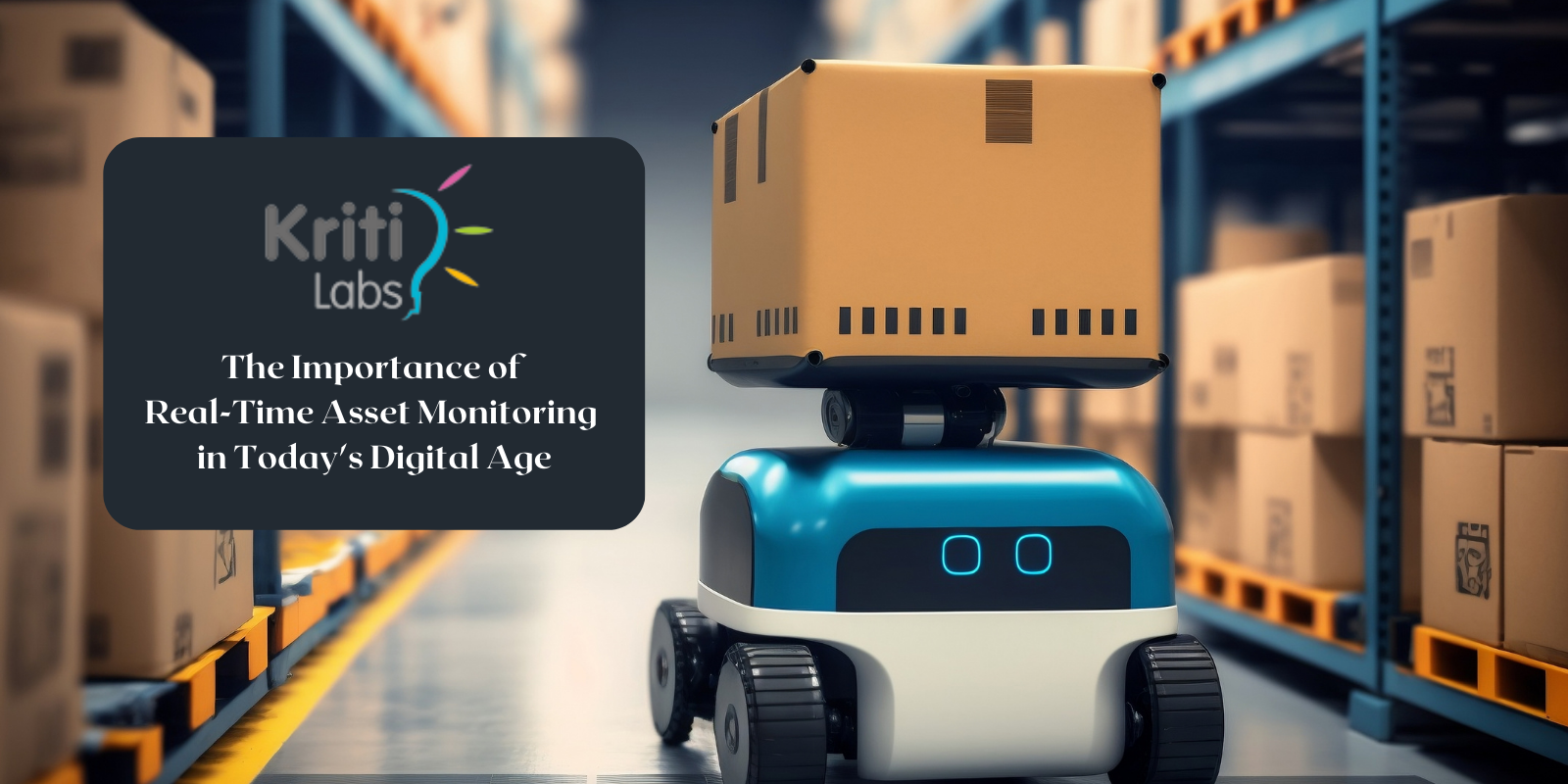Introduction
In today’s rapidly evolving digital landscape, businesses across industries are realizing the significance of real-time asset monitoring systems. With the rise of advanced technologies like the Internet of Things (IoT) and cloud computing, organizations are empowered to optimize their asset management processes, enhance operational efficiency, and gain a competitive edge. In this blog post, we will delve into the crucial role of real-time asset monitoring systems in the modern era, highlighting their benefits and exploring how they revolutionize traditional asset management practices.
Understanding Real-Time Asset Monitoring Systems
An asset monitoring system is a IoT comprehensive solution that enables organizations to monitor and manage their physical assets in real time. These assets can range from machinery and equipment to vehicles, inventory, and even personnel. By leveraging IoT devices, sensors, and connected platforms, businesses can capture valuable data and insights about their assets’ performance, location, usage patterns, and maintenance requirements.
Benefits of Real-Time Asset Monitoring
Enhanced Asset Visibility:
Real-time asset monitoring provides organizations with complete visibility into their asset inventory. They can track assets’ whereabouts, analyze utilization rates, and identify any potential bottlenecks or underutilized resources. This visibility empowers businesses to make informed decisions about asset allocation, optimize workflows, and maximize operational efficiency.
Improved Maintenance Practices:
By continuously monitoring asset health and performance data, organizations can implement proactive maintenance strategies. Real-time monitoring systems can detect anomalies, such as abnormal temperature fluctuations or unusual vibrations, and trigger automated alerts or maintenance workflows. This predictive approach helps prevent costly breakdowns, minimize downtime, and extend the lifespan of critical assets.
Increased Security and Loss Prevention:
Asset monitoring systems play a vital role in safeguarding valuable assets against theft, damage, or loss. Real-time tracking allows businesses to monitor assets in transit, identify unauthorized movements, and take immediate action in case of theft or suspicious activities. Additionally, asset monitoring systems enable organizations to implement geofencing and boundary restrictions to prevent asset tampering or unauthorized usage.
Compliance and Regulatory Requirements:
Many industries are subject to compliance regulations that mandate tracking and monitoring of certain assets. Real-time asset monitoring systems can automate data collection, documentation, and reporting, ensuring businesses meet the necessary regulatory requirements. This eliminates manual paperwork, reduces the risk of errors, and streamlines compliance procedures.
Revolutionizing Asset Management Practices
Real-time asset monitoring systems are revolutionizing traditional asset management practices in several ways:
Data-Driven Decision Making:
By collecting and analyzing real-time asset data, businesses can make data-driven decisions. They gain insights into asset utilization rates, maintenance needs, and performance trends, enabling them to optimize asset allocation, identify cost-saving opportunities, and allocate resources more effectively.
Integration with Existing Systems:
Asset monitoring systems can seamlessly integrate with existing enterprise resource planning (ERP) systems, maintenance management software, and other business applications. This integration streamlines data flow, enhances collaboration, and facilitates a holistic view of asset-related information across the organization.
Scalability and Flexibility:
Real-time asset monitoring systems are highly scalable and adaptable to evolving business needs. Whether an organization expands its asset inventory, enters new markets, or undergoes digital transformation, these systems can accommodate the changing requirements and provide continuous asset visibility and control.
Conclusion
In today’s digital age, real-time asset monitoring systems are indispensable for businesses aiming to optimize asset management, enhance operational efficiency, and stay ahead of the competition. By harnessing the power of IoT, cloud computing, and data analytics, these systems enable organizations to gain complete visibility into their assets, make informed decisions, and implement proactive maintenance practices. The benefits of real-time asset monitoring extend beyond cost savings, encompassing increased security, compliance, and improved overall productivity. Embracing real-time asset monitoring is a strategic move that empowers organizations to thrive in the dynamic and fast-paced digital landscape.
At Kriti Labs, we specialize in providing IoT solutions to businesses across a range of industries. Our team of experts can help you to identify the areas where IoT technology can have the greatest impact on your business operations and implement solutions that meet your specific needs. For more information on how we can help you to revolutionize your business operations with IoT, visit our website at www.kritilabs.com.
Also Read: What is A Credit Card And How to Use Credit Cards Wisely?





